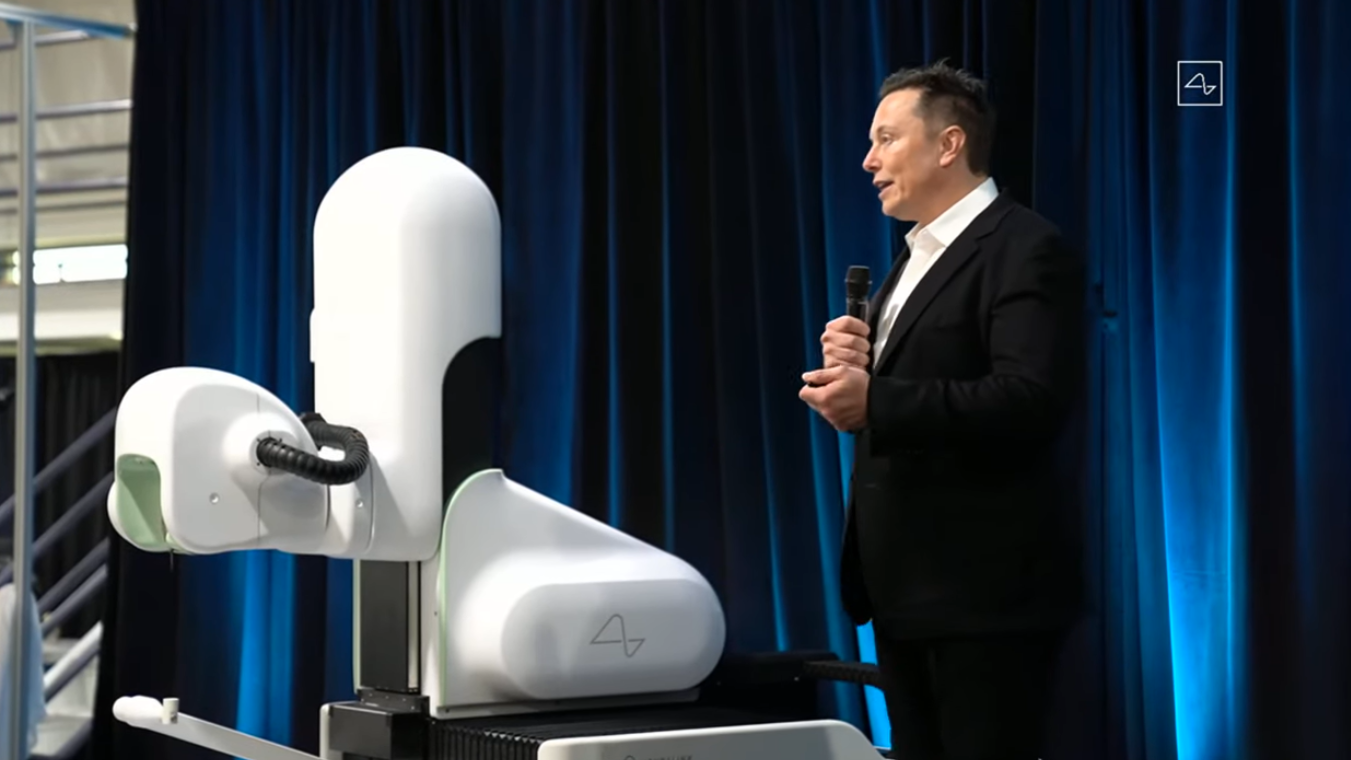Elon Musk's Neuralink is one step closer to putting an implant in our brains
Human trials could be starting soon

Do you want to let Elon Musk put an implant in your brain?
If that’s your dream in life, then you’ll be excited to hear it’s one step closer to reality – as Elon Musk’s Neuralink company has just posted a job looking for a clinical trial director.
Having previously demoed its brain-machine interfaces in animals, this new director would be responsible for “working with Neuralink’s first Clinical Trial participants” – i.e. the first humans Neuralink will test its tech on.
This study is the necessary next step if Neuralink is to achieve Musk’s goals for the technhology – becoming a recognized treatment for neurological-related problems and facilitating communication between computers and the brain.
To receive approval from organizations like the US Food and Drug Administration – and as such be allowed to be sold as an official medical device – Neuralink will need to show that its implants provide a meaningful improvement over existing options, and that any risks from using them are far outweighed by the benefits.
Unless you’re selected for one of these studies though, you likely won’t be using a Neuralink device for a while. For one, each study would likely last at least a year – and that doesn’t account for time spent developing the study and analyzing the results.
And while governing bodies can accept results from just one clinical trial in situations where no other treatment is available – the nature of Neuralink’s implants will likely force them to retain the usual two-trial minimum rule.
Get daily insight, inspiration and deals in your inbox
Sign up for breaking news, reviews, opinion, top tech deals, and more.
With time spent on administrative work accounted for – and assuming Neuralink will want to fully analyze trial one before developing a follow-up – we’re looking at around five years before we’ll see Neuralink approved at best, and that’s also assuming things go its way.
The work won’t stop there though. In order to conduct “well-designed clinical trials” – as the FDA puts it – Neuralink will likely be required to conduct separate studies for each condition it is looking to treat.
This would reduce the risk of Neuralink trying to fudge its results using practices like p-hacking – whereby testing for so many factors at once, the trial generates at least one statistically significant result by random chance.
If this last part makes sense to you (and you’re based near Fremont, California) then you may want to apply for the role of Clinical Trial Director or take a look at other roles on the Neuralink job board.
As for the rest of us, we’ll have to wait a while before we find out if these studies bear any fruit. Who knows? In ten years' time, we could all be walking around with a computer in our heads.
- Check out: Boring's Las Vegas Tunnel is no wormhole

Hamish is a Senior Staff Writer for TechRadar and you’ll see his name appearing on articles across nearly every topic on the site from smart home deals to speaker reviews to graphics card news and everything in between. He uses his broad range of knowledge to help explain the latest gadgets and if they’re a must-buy or a fad fueled by hype. Though his specialty is writing about everything going on in the world of virtual reality and augmented reality.